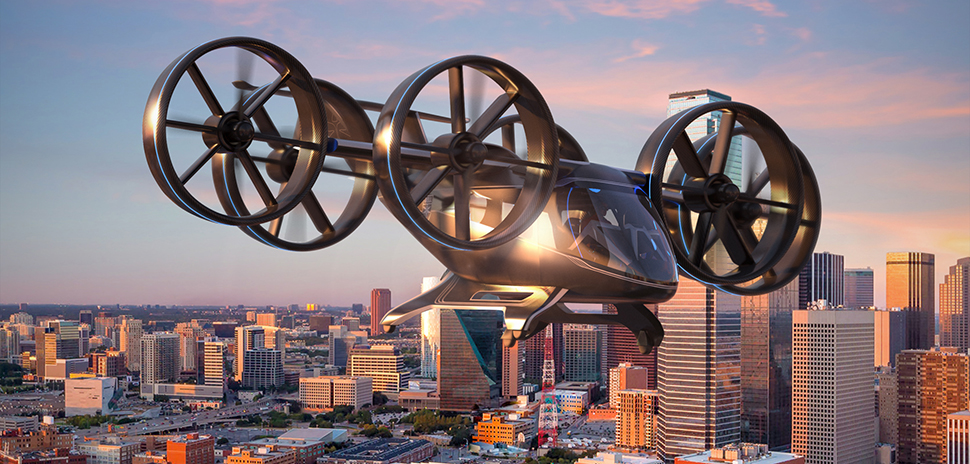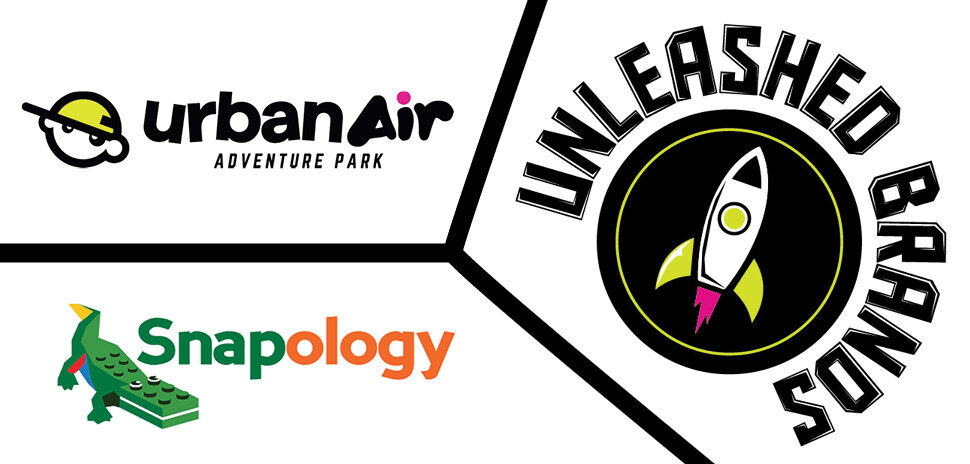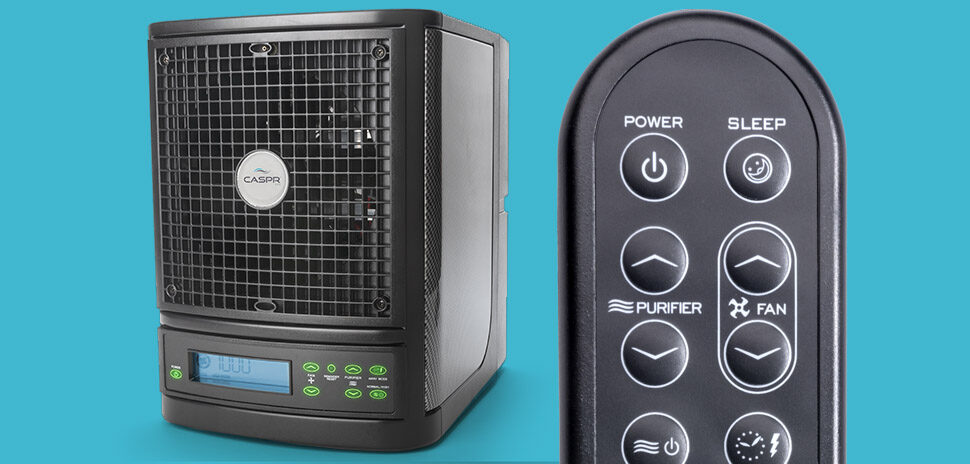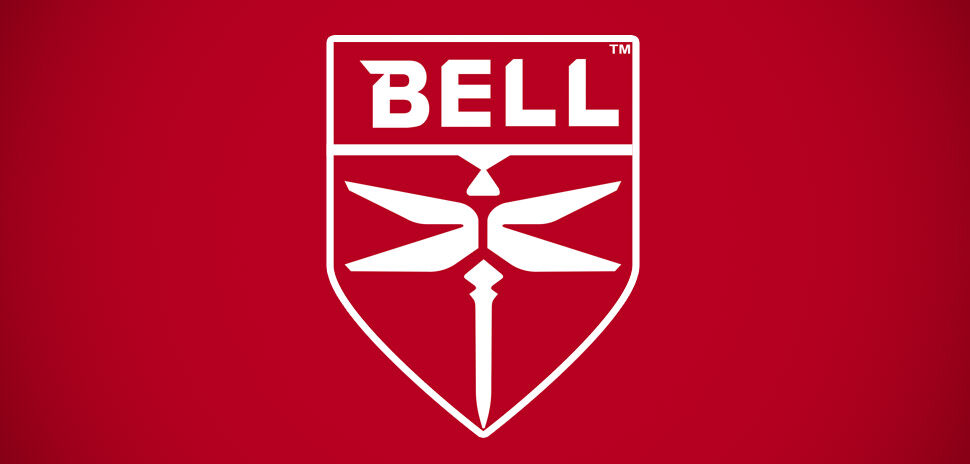The recent unveiling of a new flying taxi marks yet another milestone in the journey to ease traffic and improve urban commutes—the Bell Nexus.
Fort Worth-based Bell Helicopter on Monday unveiled the potentially disruptive full-scale vertical-takeoff-and-landing (VTOL) air taxi this week at the CES 2019 conference in Las Vegas, Nevada.
Promising to safely and efficiently redefine air travel, the VTOL taxi is powered by a hybrid-electric propulsion system and features the company’s signature powered-life concept that incorporates six tilting, ducted fans, Bell announced.
“As space at the ground level becomes limited, we must solve transportation challenges in the vertical dimension—and that’s where Bell’s on-demand mobility vision takes hold,” Bell President and CEO Mitch Snyder said in a statement. “The industry has anticipated the reveal of our air taxi for some time, so Bell is very proud of this moment. We believe the design, taken with our strategic approach to build this infrastructure, will lead to the successful deployment of the Bell Nexus to the world.”
Bell leads the Nexus air taxi team
Bell said the name of the taxi is derived from its position at the center of transportation, technology, comfort, and convenience. In addition to unveiling the Nexus, Bell also rolled out a Future Flight Controls simulator: a hands-on simulation experience that allows the company to collect data from the actions of users.
The data will contribute to the design of a flight control ecosystem that lets commuters safely use VTOLs.
The Nexus team consists of contributors from Bell, Safran, EPS, Thales, Moog, and Garmin, each of which plays a unique role in the development of the VTOL aircraft:
- Bell is to lead design, development, and production of VTOL systems
- Safran will develop hybrid propulsion and drive systems
- EPS is creating energy storage systems
- Thales is the brain behind Flight Control Computer (FCC) hardware and software
- Moog will oversee development of flight control actuation systems
- Garmin is contributing to the avionics and vehicle management computer (VMC).
Last year Uber Elevate unveiled what it says its flying taxis will look like. The aircraft could be shuttling passengers above Dallas as early as 2020, the rideshare giant said.
Uber announced plans to deploy vertical skyports designed by Dallas designers of the likes of Corgan, Humphreys & Partners, BOKA Powell, and Hillwood Properties.
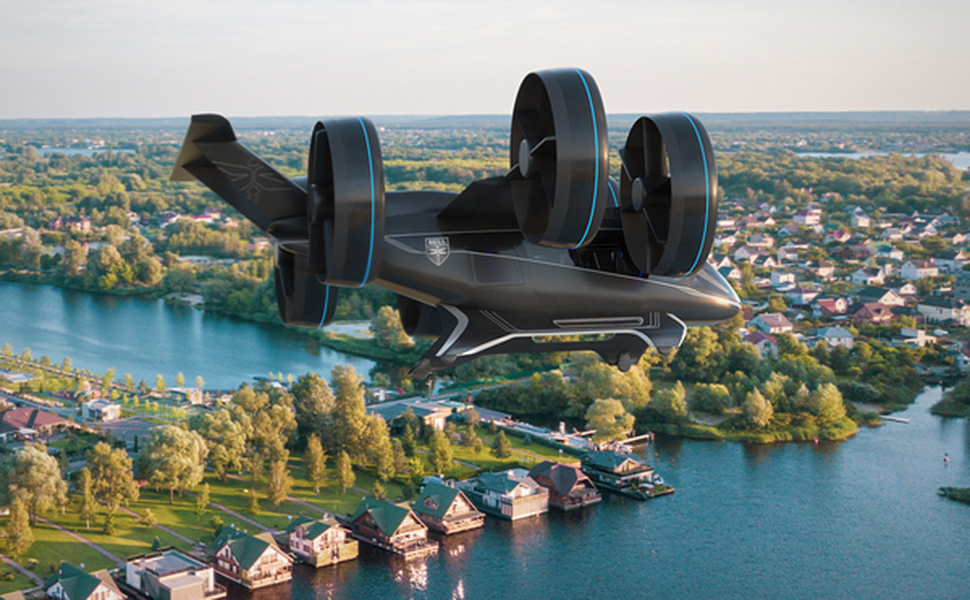
Bell Helicopter of Fort Worth is leading the development of the Nexus air taxi. [Rendering: Courtesy Bell]
![]()
Get on the list.
Dallas Innovates, every day.
Sign up to keep your eye on what’s new and next in Dallas-Fort Worth, every day.

